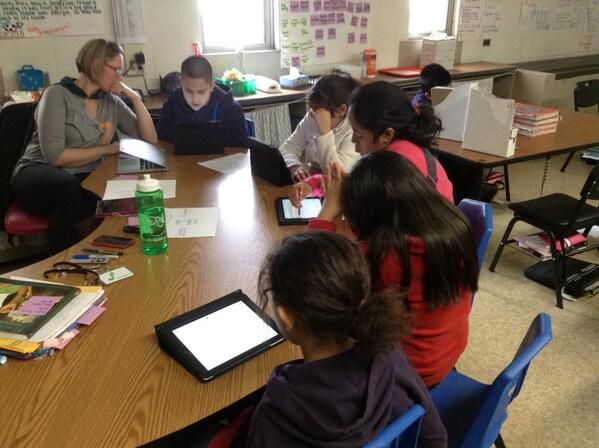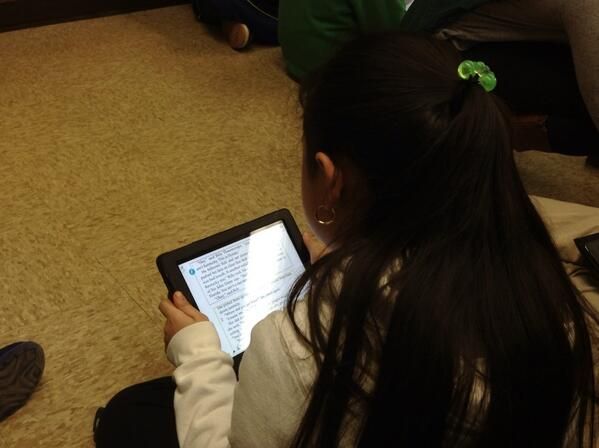A lot of things going on this week in our classroom, almost too much to absorb sometimes, but the great feedback from our parent followers on Twitter, Instagram and Facebook keep us motivated.
Let's rewind and take it back to earlier this week....
Monday was filled with a very inspiring institute day. I sat in on a great blog session from a colleague at our local Middle School, who inspired me to get my kids blogging again! Operation blogger is on the mends in 5T this week!
Besides attending, I also got to present myself. If you haven't checked out Aurasma, I highly encourage you to do so. It is a great way to turn what used to be the new and exciting idea of QR codes to the next level. My kids really love augmented reality and I encourage you to try it. View my slide show below that I used for our institute day. It will easily walk you through step-by-step.
Forwarding to the middle of this week, Nearpod has been an app that I have been experimenting with in the classroom. I've been implementing it during math to review our flipped assignments. So far, the feedback has been amazing from the students and they really enjoy using it.
If you aren't familiar with it, Nearpod can be used on computers or on the iPad. It is a way to mirror presentations to multiple devices. The instructor can create the presentation in advance, similar to a google presentation, and then publish and share a live code with the students. Students can view the slides and answer live questions using different formats of activities. You can even pull a report to see how students answered for an assessment review.
After the response I had in math, I contemplated using it in reading. I figured, what the hey, might as well give it a shot. So, on Wednesday, I experimented with using Nearpod to guide my minilesson for Reading Workshop. The idea was to give my students the text and visuals to follow along with me, since many of our population needs ESL strategies. However, let's be honest, those strategies are good for any students.
Using the app, we analyzed a You-Tube video and did some shared reading from our current text. I encourage you to take a look at the website. Any feedback on how you use it in the classroom would be greatly appreciated!
We also had a bit of fun experimenting more with our iPads during guided reading to focus on inferencing!



